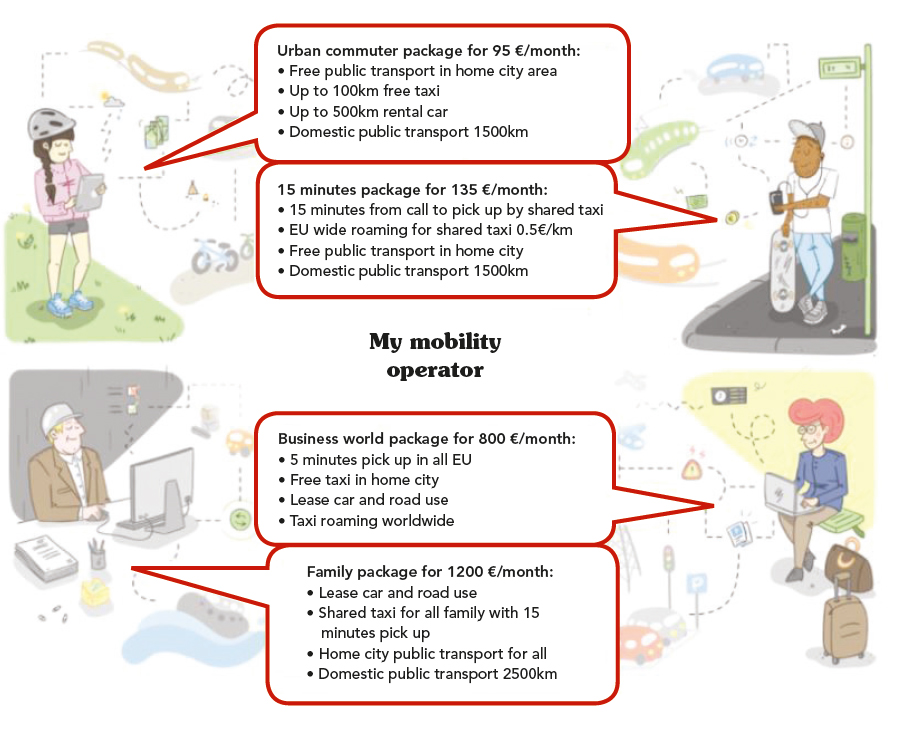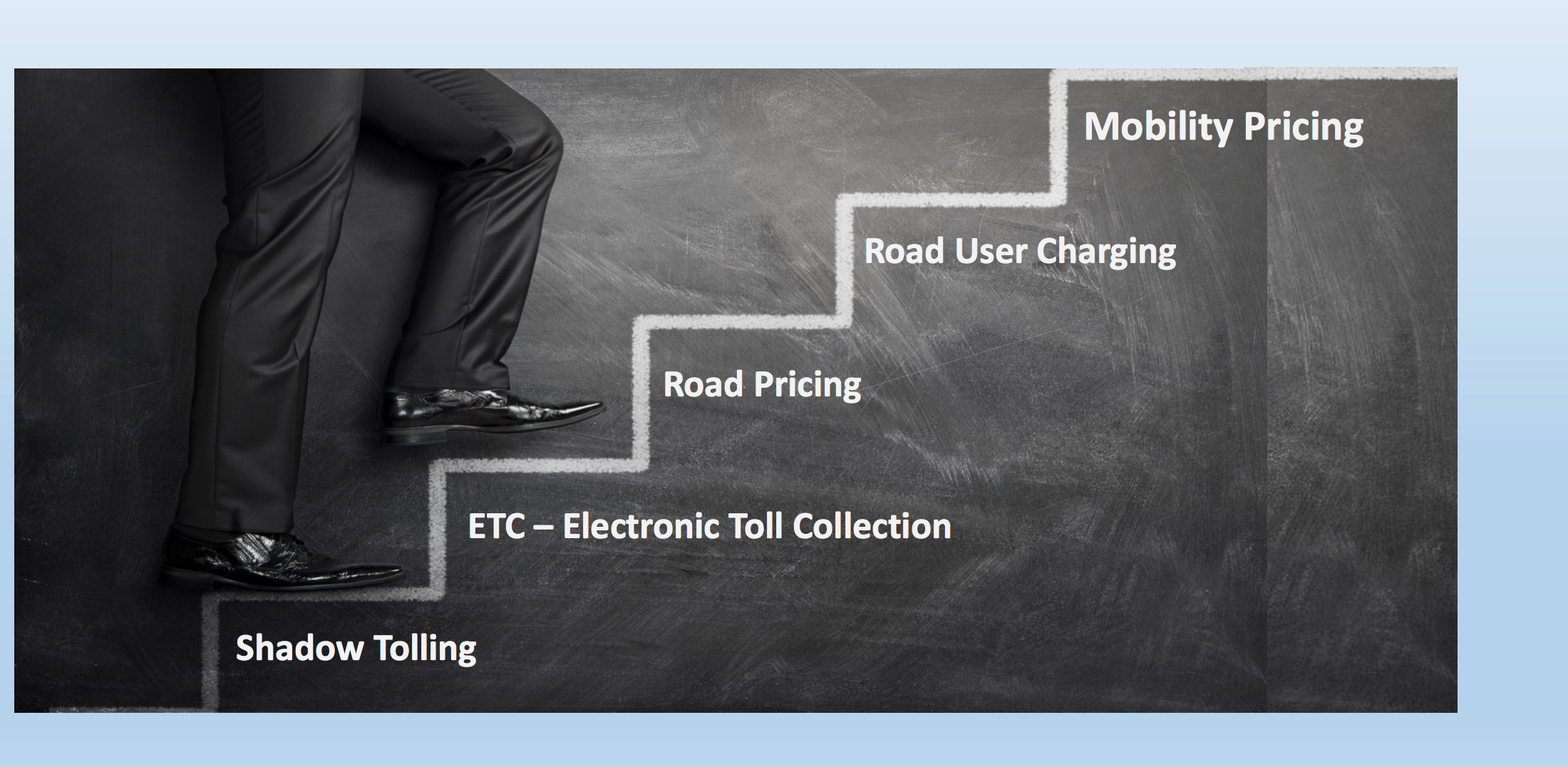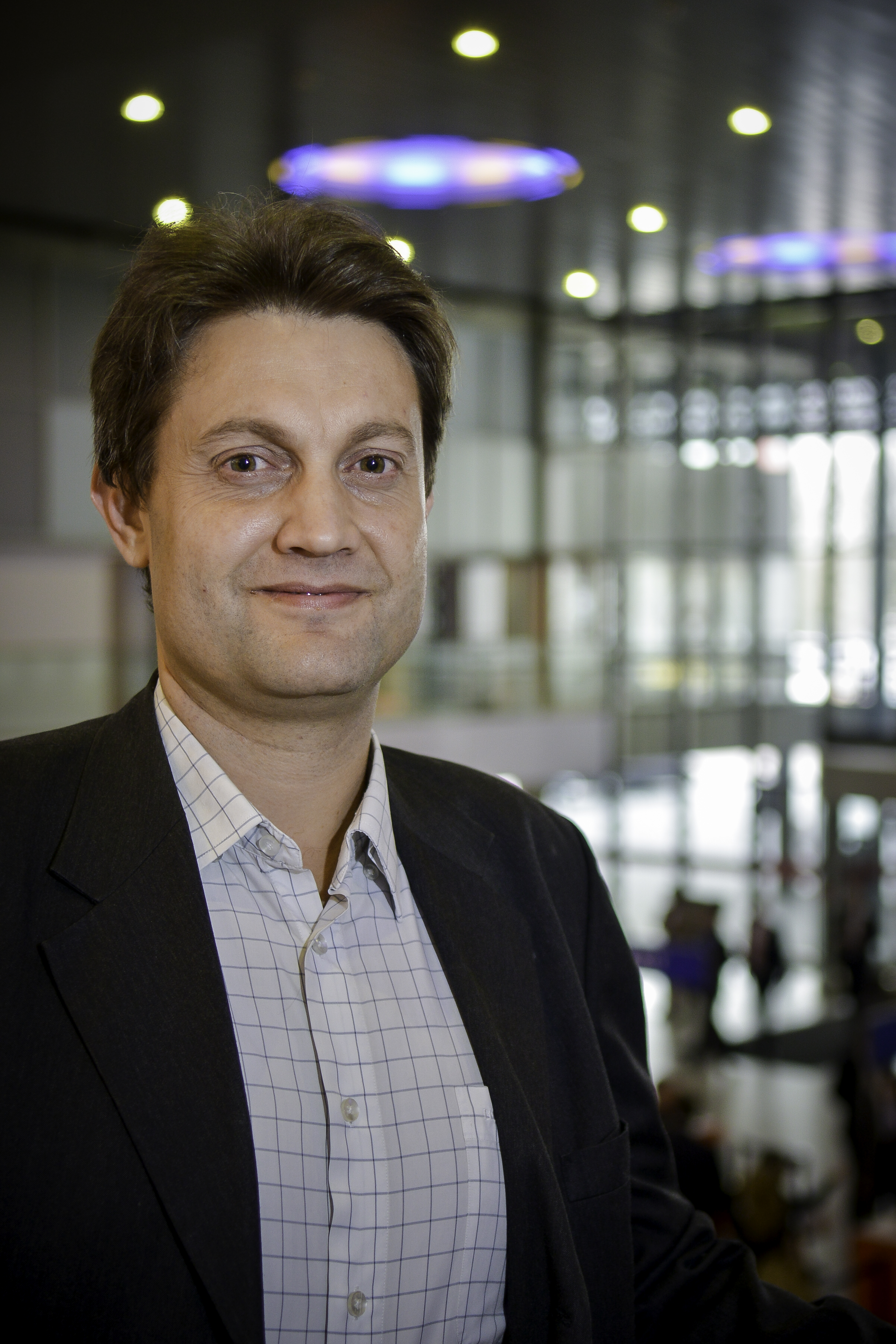
Having authored HERMES, a major study for the Finnish Ministry of Transport and Communication, Josef Czako talks to ITS International about his findings and lessons for other authorities.
When CEOs of major automakers are predicting more change in the next five years than in the past 50, what is the role of national authorities considering the benefits of innovations in ITS? That, in effect, was the question asked by the Finnish Ministry of Transport and Communication of transport and ITS expert Josef Czako, the CEO of
“Today’s reality is that transport is no longer an entity in itself. Many, and not only young people are not as interested in owning a car or getting a driving licence, they are concerned about getting from A to B in the quickest, cheapest and safest way possible. So politicians and authorities have to take this onboard when looking into the future to decide what kind of society and transport systems they want, and to start planning for that future.
Stop the silos
“Currently transport is often divided into modal silos that create obstacles for the traveller rather than helping them, so it is time now for long-term planning to take place and it has to be user-centric and not system-centric.”
Speaking to ITS International during the ITS Europe conference, he cited his trip to Glasgow: “Leaving home, you don’t want your car at the airport so you get there using public transport. Once you have landed in Glasgow, you need to find out how to get to the hotel – what modes are available, how long do they take and how do I pay if I have no local currency? In many instances the flight is the easiest part to identify, plan and pay for – you can do it without leaving home as you can for the hotel; so why is transport the most difficult bit? You need multiple apps and to register with several transport providers and have many payment methods.
“The silos have been built up because of privatisation – a move that ministries thought would introduce competition and flexibility but it turned out not to be in the favour of the user, since the policy for seamless booking and payment was missing.”
Having recognised the growing demand for easier mobility, the Finnish Ministry specified a user-centred approach with guidance for forming policy to support and facilitate future mobility.
“The Ministry will represent the users and it is in parliament that future mobility systems are defined, implemented and built.”
Self-driving vehicles
One particular question was when will self-driving vehicles really happen? “You first need to define what is meant by self-driving - it is a computer driven vehicle with no human driver. And, if so, how much closer together can these vehicles travel on the road as that would increase capacity on existing roads? This will allow authorities to decide if they need to build additional lanes or divert that money to other priorities.
The ‘prize’ could be big, says Czako citing the ITF’s Lisbon study which concluded that the same amount of peak hour trips could be taken with 65% fewer (self-driving) vehicles.Over 24 hours, a fleet of self-driving vehicles of only 10% the size of the current number could do the same amount of trips. Conversely, although the number of trips remains constant, the traffic volume would actually increase by 7% or 8% although this would be counteracted by eliminating the search for a parking space because the system knows where there are available spaces.
“Parking can account for up to a quarter of urban traffic congestion, so if you have a city with only autonomous vehicles, traffic will be reduced significantly - but that might take 20-30 years.”
He also observes that such reductions do not directly translate into car sales as electrical vehicles may be out of service during recharging. Autonomous vehicles are also likely to be much more expensive, creating a regressive effect on low income households.
In most cases, car owners would not immediately give up their car but re-evaluate when it comes time to buying a new one. Czako: “If there are viable alternatives then people may choose not to own a car.
“I’m in Glasgow, my car is at home and won’t move for a week and it costs me €400 per month. If I could call up a car in under 5-10 minutes, then I need not own a car - I could make lots of rides each month for €400.”
This raises the topic of Mobility as a Service or MaaS. Czako says: “MaaS is the first model where capacity and demand are intrinsically linked because you get all options for travelling from A to B. The price reflects the time, cost and capacity and whether you will share a vehicle. If you are prepared to use a less direct and quieter roads then you pay a lower price than if you drive the direct route (but congested) route.
“This is management of capacity and demand”
Environmental considerations are an increasing factor, particularly for the younger generations so Czako says future transport policy must take this into consideration. “Already some journey planning apps are showing the time, cost and also the pollution associated with each travel option. If you give people good neutral information they will tend to make the right choice.”
With electric vehicles and hybrids reducing fuel duty revenues, authorities need new ways of charging travellers that reflect capacity and demand as well as the operation and maintenance of the infrastructure. “In the end the user has to pay the price to go from A to B – the real price including the external cost, like pollution or noise.” He defines the real price as the direct and indirect cost for using the infrastructure, the road space and parking or the seat on the bus or metro and the pollution that journey creates. “Payment may be through general taxation, fuel duties, ticket prices or tolls but in the end what we are really talking about is mobility pricing.
“Authorities also need to decide if they want to use a tax payer or a user pays model.”
Long term policies
The best transport policy requires long-term thinking and while some political decision-makers are reluctant to look beyond the next election, the new tunnel beneath the Alps proves this is possible. The Swiss electorate voted through the $10bn project in 1992 to take transiting trucks off the country’s limited Alpine roads. Project funding was from the tolls levied on transiting trucks – trucks which are now compelled to go by rail through the new tunnel that has more than 20 times the capacity of the roads it replaces.“But you cannot ban trucks,” says Czako. “Rail is good for the mainline but for those last few miles you will always need trucks to deliver the goods.” Finland has recently revised its Transport Code using elements from the HERMES study. “Finland wants to privatise rail, remove the gas tax and implement a mileage charge. This is now open for public consultation which is good because it involves all the stakeholders and guarantees the acceptance of the eventual policy.”
He says a road mileage charge also overcomes any concerns that governments have no direct financial incentive to cut congestion as this would reduce fuel use and fuel tax revenue. “With a road mileage charge it does not matter which type of energy you are using, if you drive down the road you pay a set amount.”
But, in his report, he says any mileage charge should replace gas and other taxes such as annual road fund licences.
KPIs analytics
Czako sees a problem in measuring future improvements as current KPIs (key performance indicators) may not be suitable. “For instance, autonomous vehicles can eliminate human mistakes and will result in fewer crashes which means less congestion and less spending on healthcare – how will you be able to calculate this today?He also believes KPIs are needed for the sustainability of mobility and how much a trip really costs society: “Empty trucks deliver nothing but create emissions and add to congestion. And we need to price that total cost - price is an important tool to implement sustainability.”
For intermodal transport to work effectively, the traditional modal silos have to be broken down. “In places like Sweden, Austria and Finland this has already happened. A single transport agency has the responsibility for air, water, rail and road transport - not four separate agencies. Sweden has put KPIs in place to measure the cost savings and efficiency gains. MaaS will automatically bring together the different silos.”
While acknowledging the need for legislation to adapt to accommodate new and disruptive technology, Czako says his experience is that this needs to be a two-way process. “I’ve worked in many companies introducing new technologies into countries and the model or product had to be adapted to fit the local legislation or societal situation. Imposing the same product or model without adaption can create resistance, even rejection or lead to legal challenges.”
HERMES is a case in point. While it is tailored to Finland’s needs, Czako says “it is a template other cities, regions, or countries may find useful.” His final recommendation is that: “Governments working on the policy level must make a structured and analytical approach, not only a political one.”
The full report can be seen at here.
RSS











